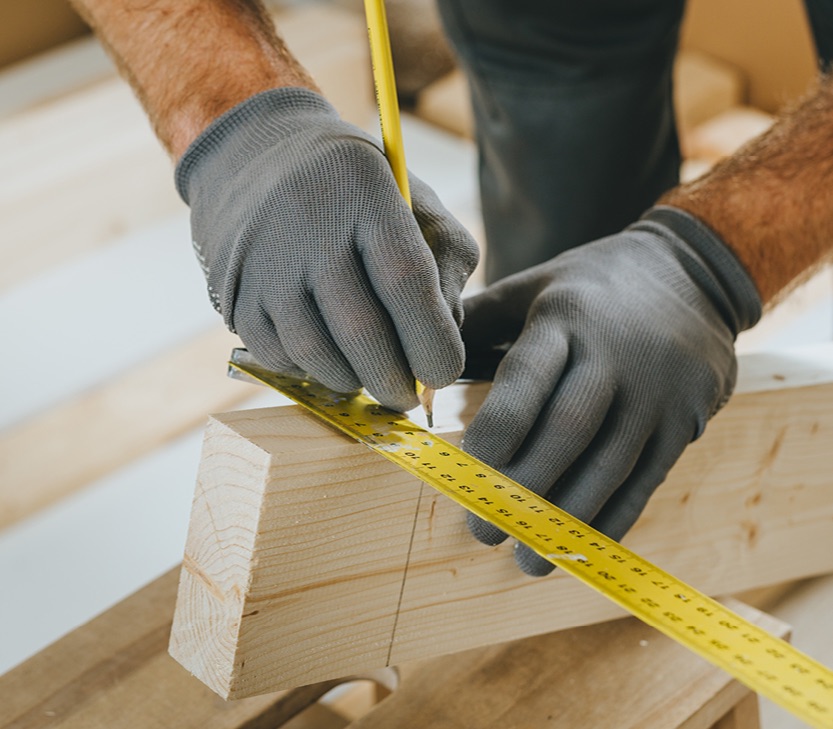
Carpenter
A carpenter is responsible for constructing, repairing, and installing wooden structures and fixtures. Their duties include measuring and cutting materials to specified dimensions, reading and interpreting blueprints, assembling frameworks and structures (like walls, floors, and cabinets), and ensuring the structural integrity and quality of their work. They may also install doors, windows, and other fixtures, often collaborating with other construction professionals to complete projects.
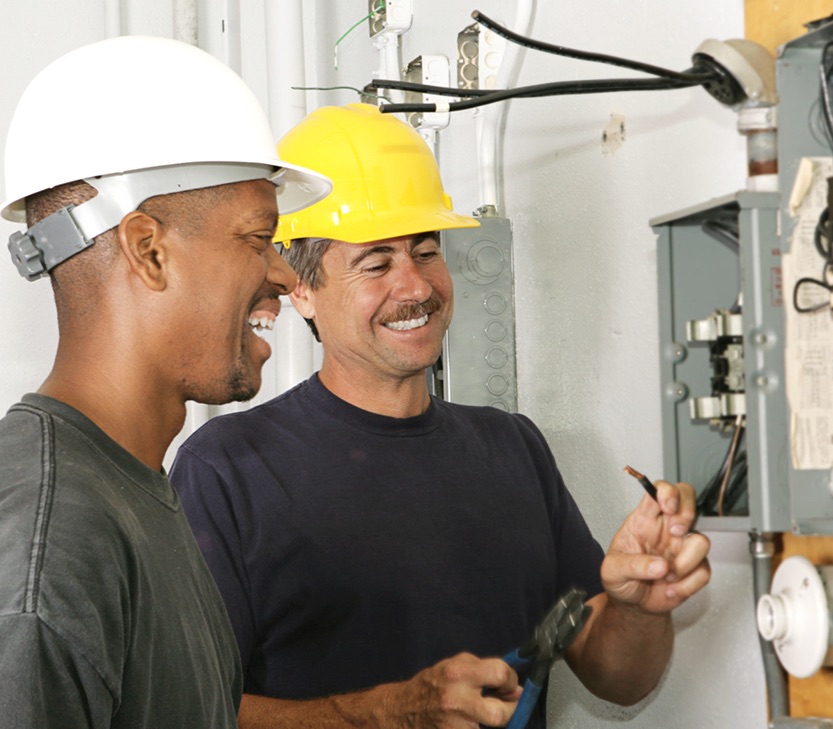
Electrictican
An electrician is responsible for installing, maintaining, and repairing electrical systems in residential, commercial, and industrial settings. Their duties include reading blueprints, wiring buildings, installing lighting, outlets, and circuit breakers, troubleshooting electrical problems, and ensuring compliance with safety codes and regulations. They may also inspect electrical components, replace faulty wiring, and perform preventive maintenance to ensure the safety and functionality of electrical systems.
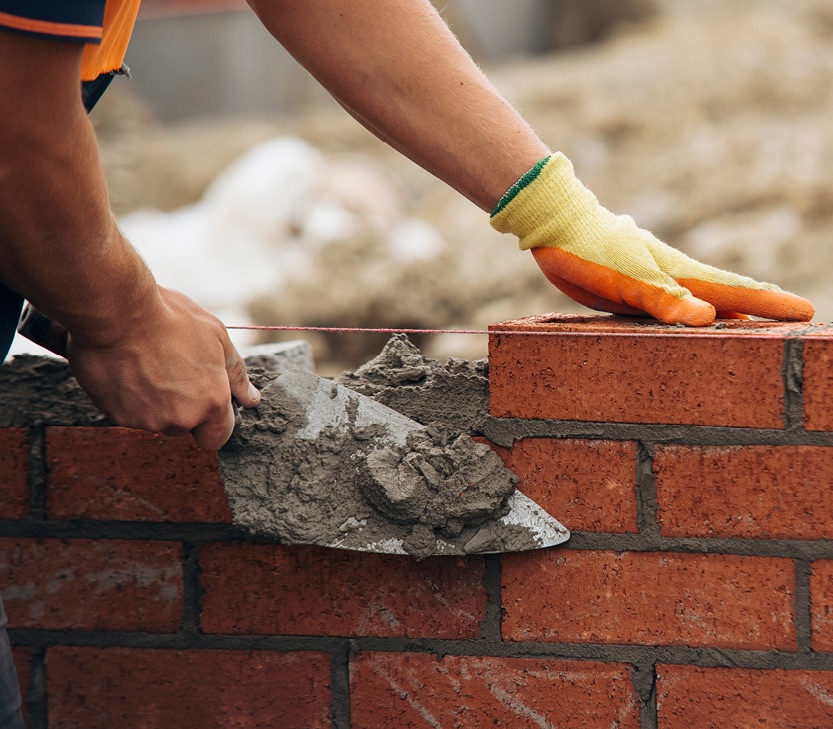
Bricklayer
A bricklayer is responsible for constructing and repairing walls, partitions, arches, and other structures using bricks, concrete blocks, or stone. Their duties include reading blueprints, preparing and applying mortar, laying bricks or blocks in precise patterns, cutting and shaping materials as needed, and ensuring that the structures are level, plumb, and secure. Bricklayers also may repair or restore existing structures, and their work is critical in both housing and commercial construction projects.
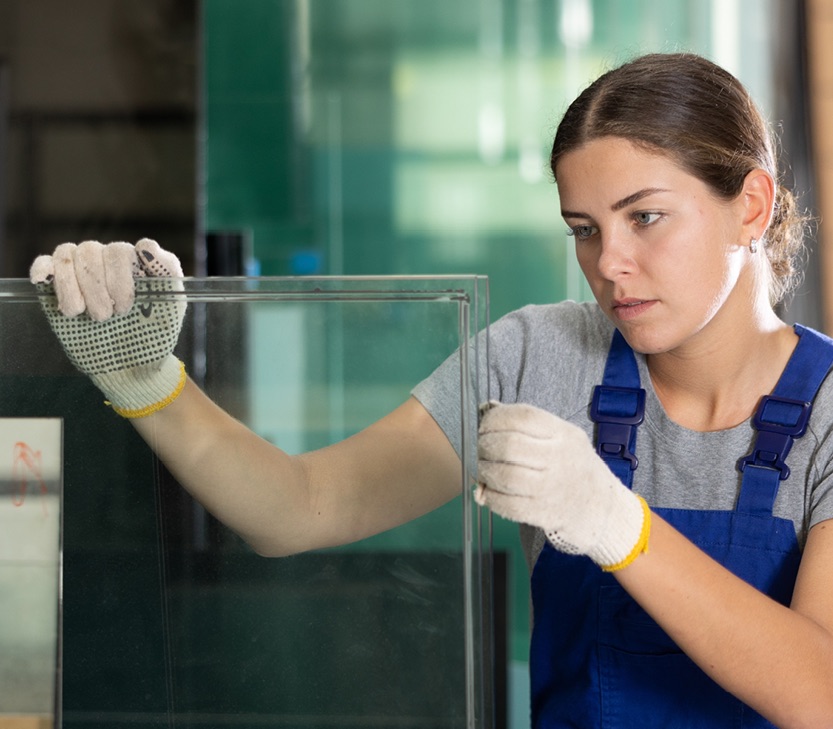
Glazier
A glazier is responsible for installing, repairing, and replacing glass in windows, doors, skylights, storefronts, and other structures. Their duties include reading blueprints or specifications, measuring and cutting glass to size, securing glass in place using clips, moldings, or adhesives, and ensuring the installation is weatherproof and safe. Glaziers work with various types of glass, including tempered, laminated, and insulated glass, and may also install decorative glass elements. They often work at heights and need to ensure compliance with safety standards.
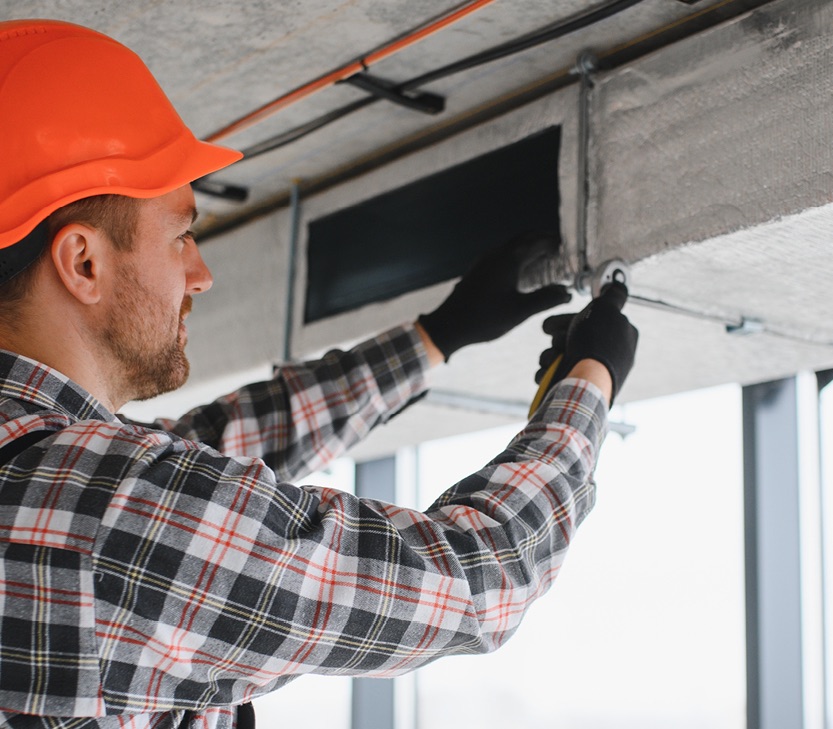
Heat and Frost Insulator (H-VAC)
A heat and frost insulator is responsible for installing and maintaining insulation materials that control the temperature in various systems, such as pipes, ductwork, and tanks. Their duties include selecting the appropriate insulation materials (such as fiberglass, foam, or reflective barriers), cutting and fitting insulation around equipment, applying weatherproofing or protective coatings, and sealing insulated areas to prevent energy loss or condensation. They work in environments ranging from residential buildings to industrial settings and ensure that systems are energy efficient and protected from extreme temperatures. Safety and precision are critical due to the nature of the materials they handle.
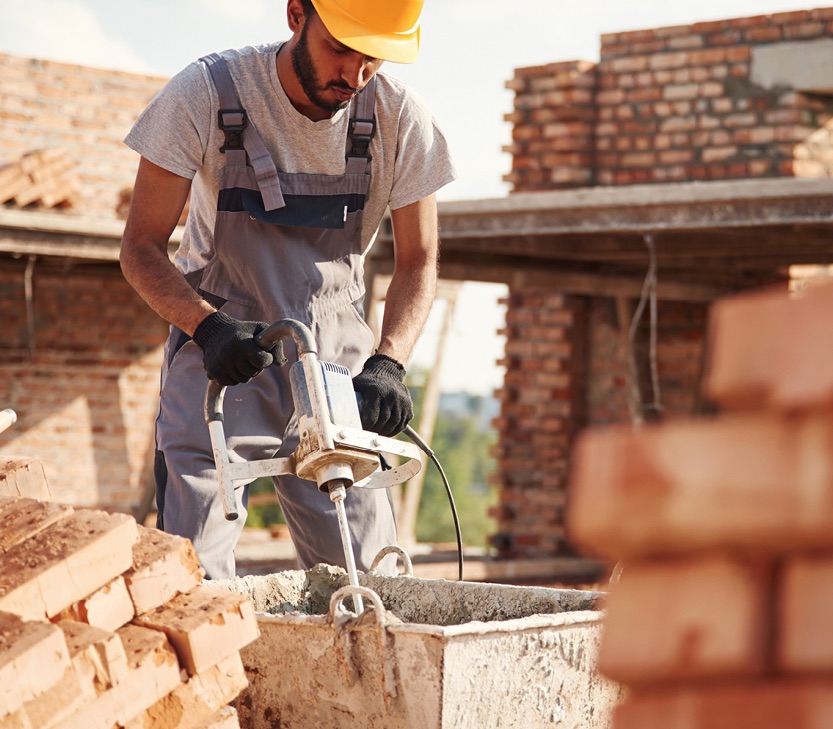
Labourer
A laborer is responsible for performing a variety of physical tasks on construction sites or in industrial settings to support skilled tradespeople. Their duties include preparing construction sites by clearing debris, unloading and moving materials, digging trenches, mixing and pouring concrete, and operating basic tools and equipment. Laborers may also assist in erecting scaffolding, cleaning up after projects, and maintaining worksite safety. Their work is physically demanding and often requires versatility, as tasks can vary widely from day to day depending on the project needs.
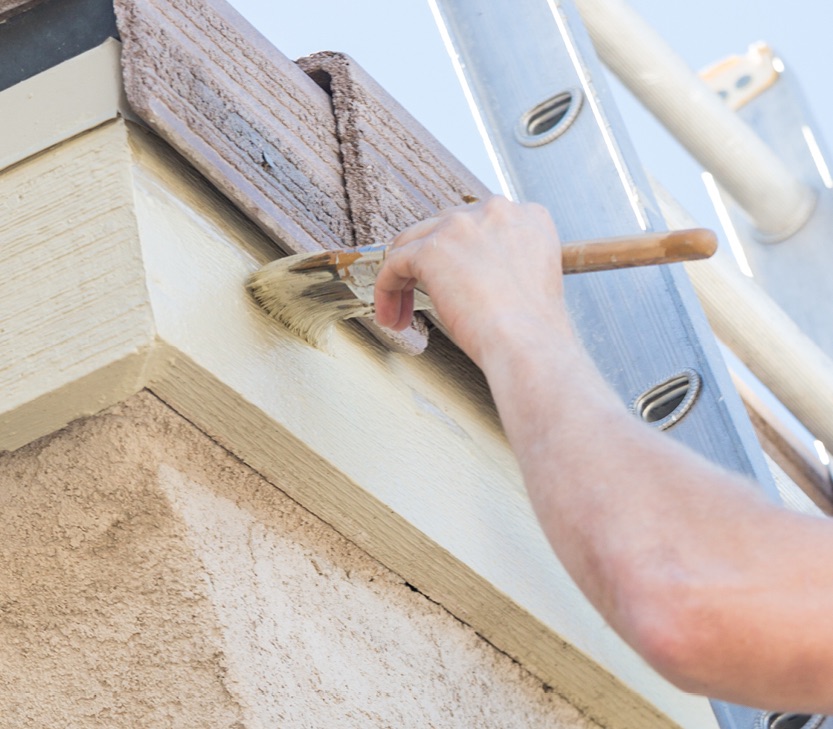
Painter
Painters are responsible for applying paint, stain, and coatings to surfaces to enhance their appearance and protect them from damage. Their duties include preparing surfaces by cleaning, sanding, and priming, selecting and mixing paints, applying coatings using brushes, rollers, or sprayers, and ensuring even and smooth coverage. Painters also may tape off areas to protect surfaces, clean up after their work, and perform touch-ups or repairs as needed. Attention to detail and adherence to safety protocols are crucial in ensuring a high-quality finish and maintaining a clean work environment.
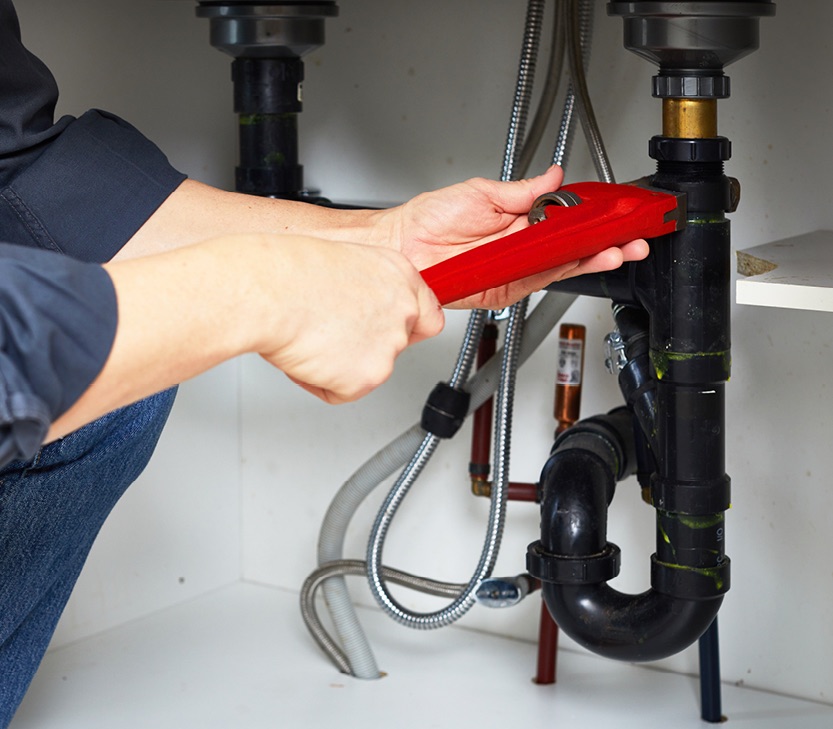
Plumber/Pipefitter
Plumbers and pipefitters are responsible for installing, maintaining, and repairing piping systems that transport water, gas, and other fluids in residential, commercial, and industrial settings. Their duties include reading blueprints and technical diagrams, measuring and cutting pipes, assembling and installing piping systems, connecting pipes to fixtures and appliances, and troubleshooting and repairing leaks or clogs. They also ensure that systems comply with building codes and safety regulations. Plumbers and pipefitters often work with a variety of materials, including metal, plastic, and composite pipes, and must handle tools and equipment safely.
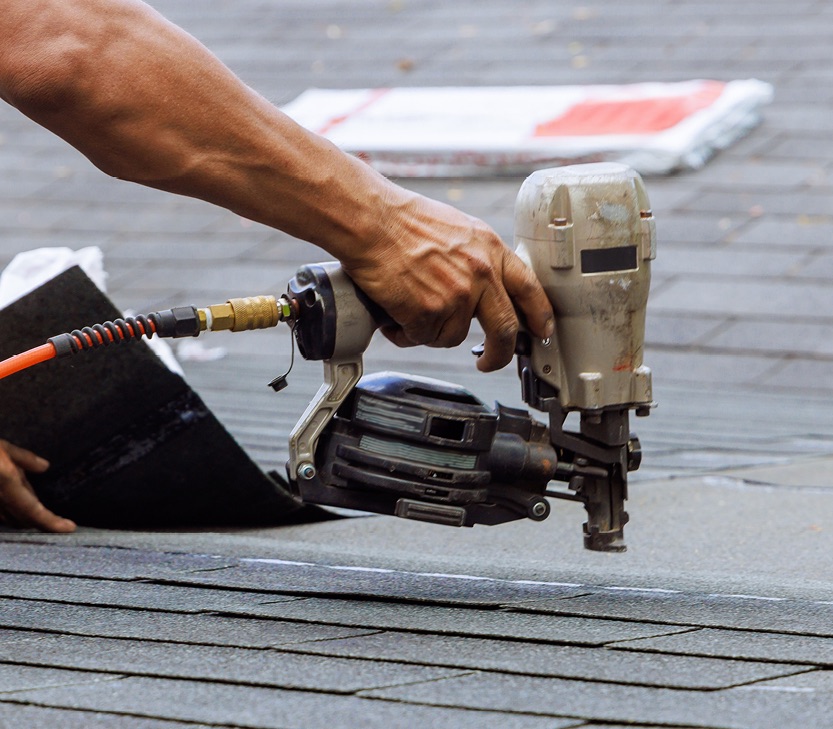
Roofer
Roofers are responsible for installing, repairing, and maintaining roofs on residential and commercial buildings. Their duties include inspecting roofs to assess damage or deterioration, removing old roofing materials, installing new roofing materials (such as shingles, metal, or tiles), sealing and waterproofing roofs, and ensuring proper ventilation. Roofers also must follow safety protocols to work at heights, handle materials and tools correctly, and ensure that the roof is durable and meets building codes. Attention to detail and adherence to safety standards are critical in their work.
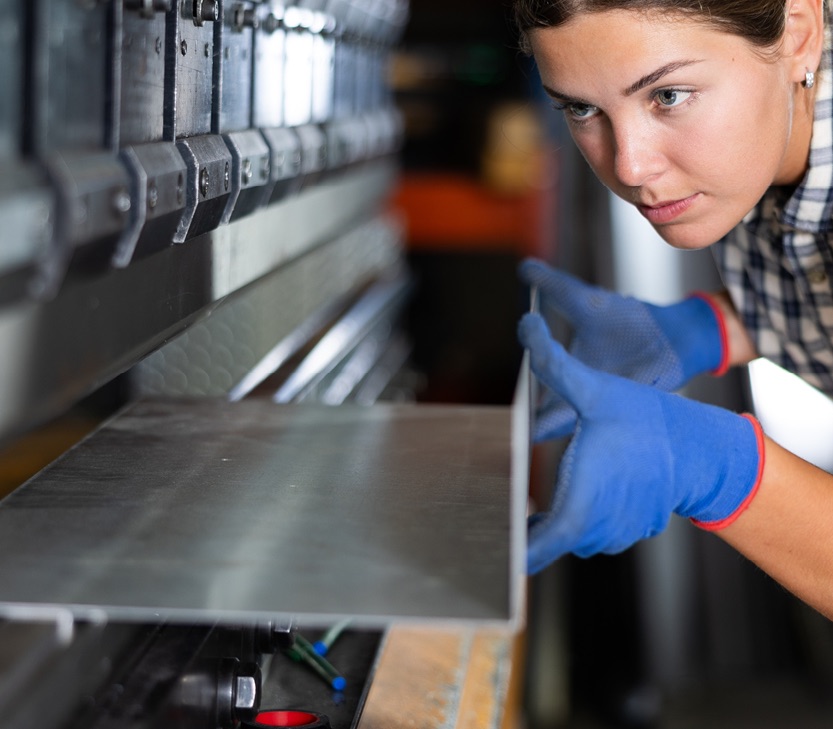
Sheet Metal Worker
Sheet metal workers are responsible for fabricating, installing, and repairing sheet metal components used in various structures and systems, such as HVAC systems, ductwork, roofing, and siding. Their duties include measuring, cutting, and shaping sheet metal using tools and machinery, assembling and installing metal components, and ensuring that the finished products meet specifications and quality standards. They may also inspect and repair existing sheet metal installations. Precision and attention to detail are crucial, as is the ability to work safely with sharp metal and heavy materials.
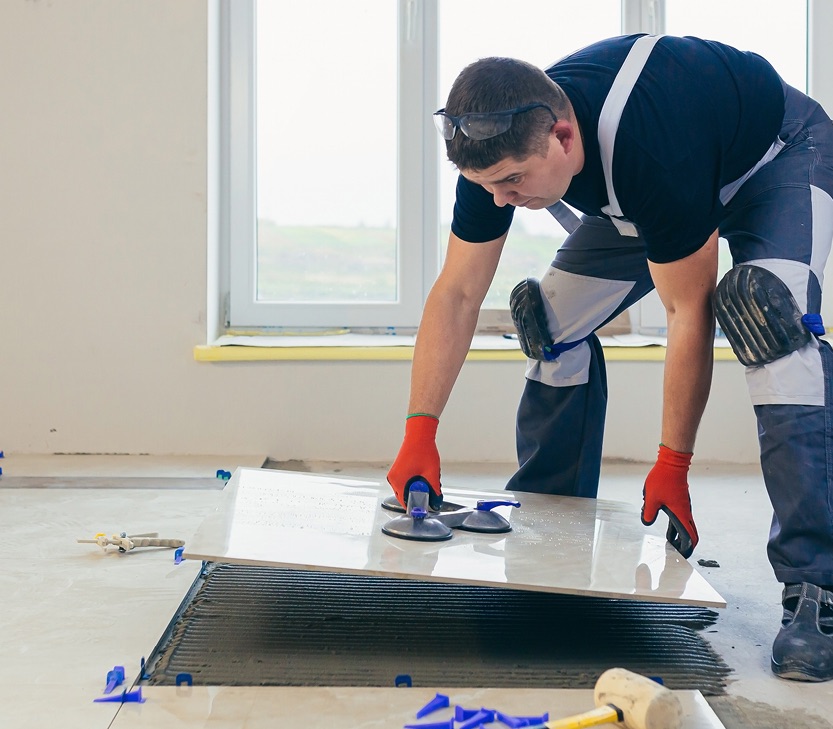
Tile Setter
Tilesetters are responsible for installing ceramic, porcelain, glass, and other types of tiles on floors, walls, and other surfaces. Their duties include measuring and marking surfaces, cutting tiles to fit, applying adhesive or mortar, setting tiles in place, and ensuring proper alignment and spacing. Tilesetters also grout and seal the tiles to complete the installation and may repair or replace damaged tiles. Attention to detail and precision are essential to achieve a high-quality and aesthetically pleasing finish.

Cabinet Maker
A cabinet maker is responsible for designing, constructing, and installing custom cabinetry for homes and businesses. Their duties include selecting appropriate materials, measuring and cutting wood or other materials to precise dimensions, assembling and finishing cabinets, and ensuring they meet customer specifications. Cabinet makers must also be skilled in using a variety of hand tools and machinery, interpreting design blueprints, and applying various finishes for durability and aesthetic appeal. Additionally, they may be responsible for repairs and modifications to existing cabinetry. Attention to detail and craftsmanship are critical to their work.
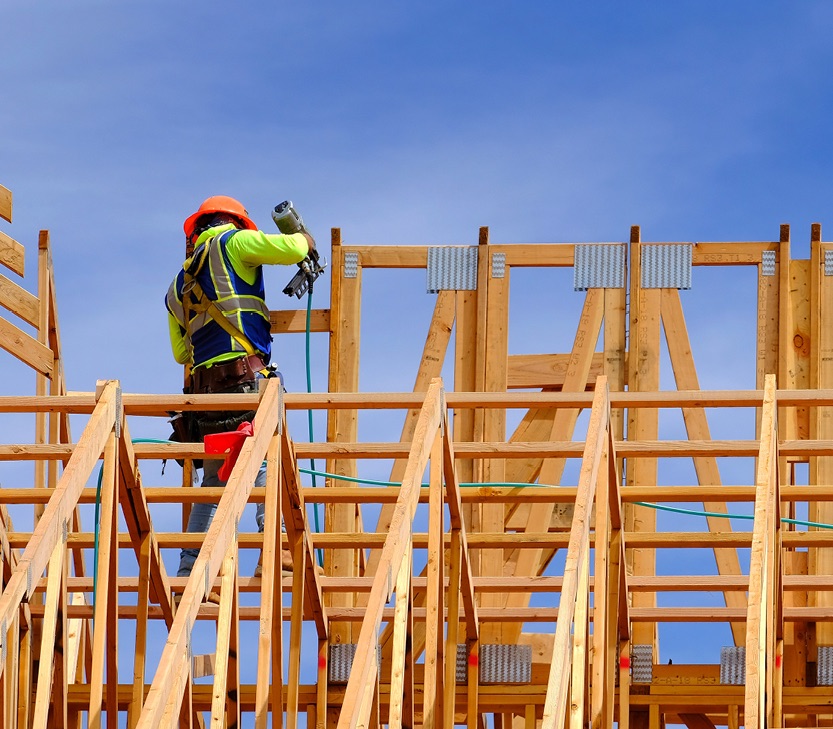
Framer
A framer is responsible for constructing the structural framework of buildings, including walls, floors, and roofs. Their tasks involve measuring and cutting wood or metal studs, assembling them according to blueprints, and securing them in place to create the skeleton of a structure. Framers use a variety of tools, such as saws, hammers, and nail guns, to ensure precise cuts and secure connections. They play a critical role in ensuring the building’s stability and alignment, working closely with other construction professionals to meet project timelines and safety standards.
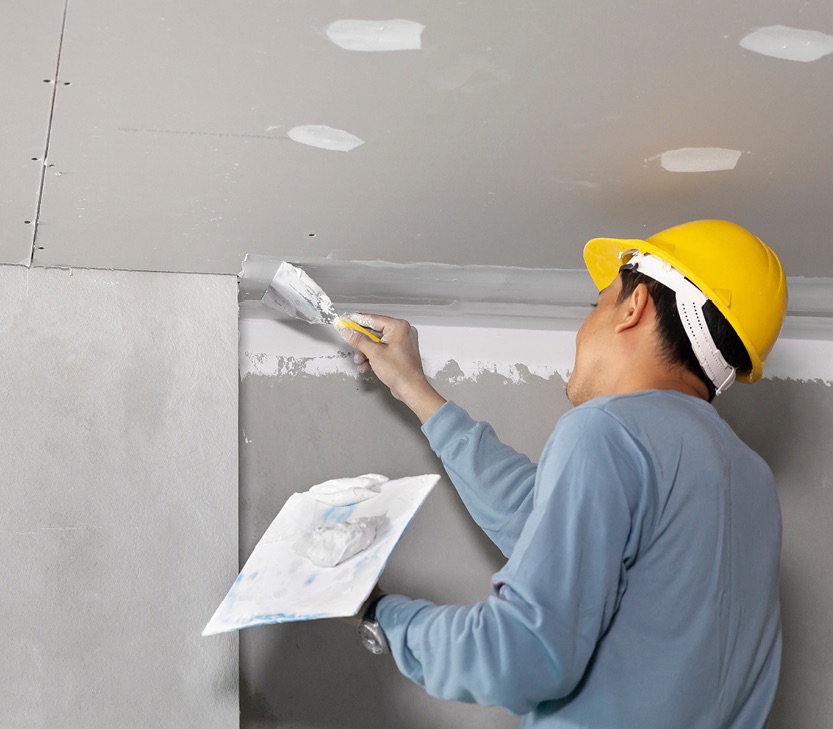
Drywaller
A drywaller is responsible for installing drywall panels to create smooth, finished interior walls and ceilings in homes and buildings. Their tasks include measuring, cutting, and securing drywall sheets to the framework, taping and applying joint compound to seams, and sanding surfaces to achieve a flawless finish. They may also patch or repair existing drywall. Precision, attention to detail, and knowledge of proper installation techniques are essential to ensure a professional, durable result. Drywallers often work closely with other tradespeople to complete the finishing stages of construction projects.